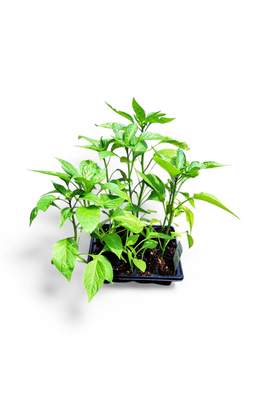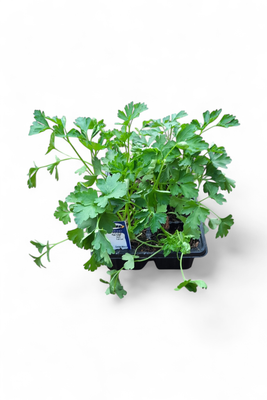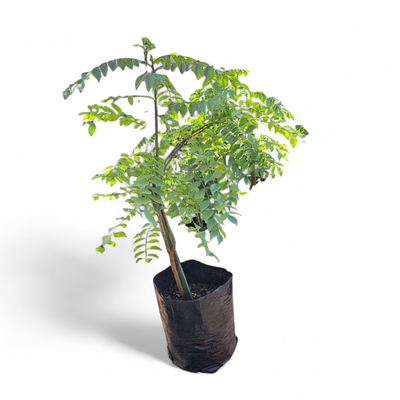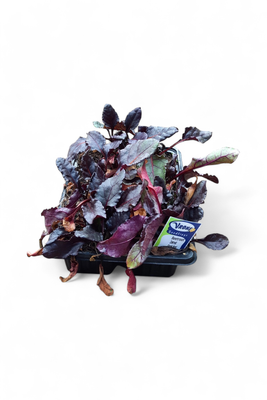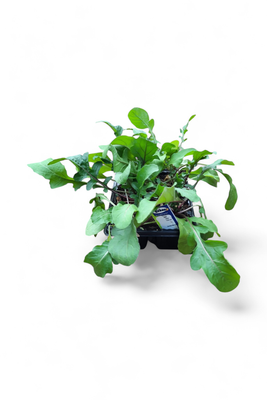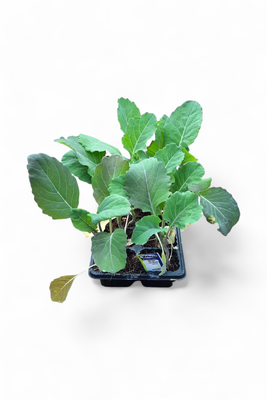Celery Golden Self Blanching 6 Pack Herb Seedlings
SKU VR504CG
R45.00
1
Save this product for later
Celery Golden Self Blanching 6 Pack Herb Seedlings
Product Details
Weight: 1.00 kg
Before you dive in with your trowel and seeds, you’ll want to spend some time designing your garden’s layout. Start by observing how much sunlight is in your yard or patio. “Consider where the vegetable garden is going. It should go in the sunniest spot, as most vegetables require lots of direct sun. But don’t fret if you have a little bit of shade. “Some vegetables, like salad greens, can take a small amount of shade.
When it comes to designing a layout, keep in mind that gardens take work. You’ll need to be out there watering, weeding, and harvesting, so you’ll want to leave areas between your beds where you can tread safely. “We like making the garden beds easy to access, so a three-foot-wide by eight-foot-long bed with space on either side allows circulation to get to both sides. “The space on either side of the bed can be lawn, or it can be gravel, or it can be a paved surface.”
And if you don’t have a full yard, don’t worry—there are plenty of ways to make do with a small space like a patio, a window box, or even a section of your driveway. You just need to make sure the space gets at least six to eight hours of sunlight a day.
You May Also Like
On Sale
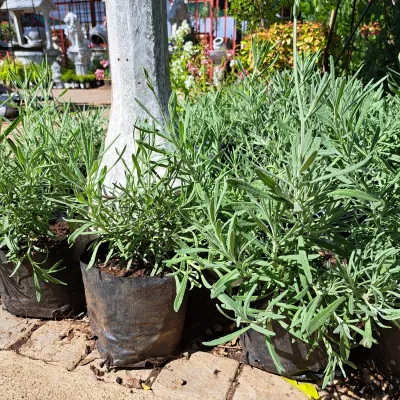
Lavandula "Lavender" Margaret Roberts
Lavandula "Lavender" Margaret Roberts
was R69.00
Save R20.00
R49.00
Display prices in:ZAR



